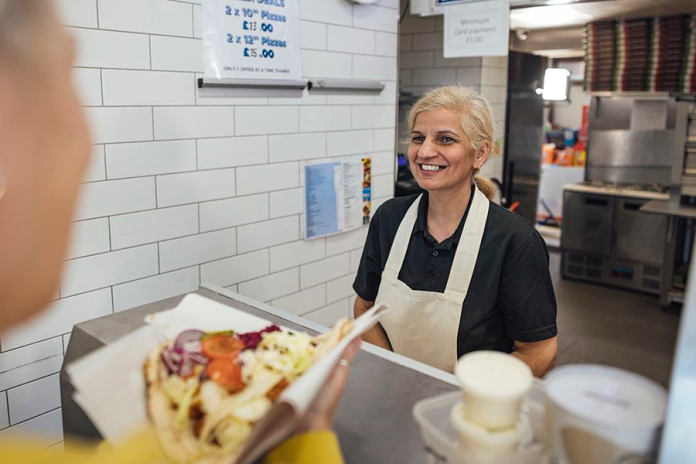The findings, published in Health & Place, highlight the double burden faced by people living in the most deprived areas, where there tend to be more food outlets per capita – more than double the number in the least deprived areas – and these outlets tend to be less healthy.
‘Out-of-home’ food – whether that’s food eaten in a pub, café or restaurant or takeaway food – is an increasing part of how many people eat. But this food tends to be higher in calories, saturated fat and salt and less nutritious than food prepared at home.
Studies have shown consistently that the more an individual eats food out of home – especially fast food – the poorer the quality of their diet and the higher their body weight. In the UK, there also tend to be more fast food outlets in more deprived neighbourhoods.
Not all menus are equal, however – some will be healthier than others – but little is known about whether there are differences between neighbourhoods in the healthiness of out-of-home food outlets.
The team used geographical data to map the food outlets, summarising the average menu healthiness of all out-of-home food outlets at the local authority level. Local authority districts with the highest menu healthiness scores included City of London, Kensington and Chelsea, and Westminster. The local authority districts with the lowest menu healthiness scores were Northeast Lincolnshire, Luton, and Kingston upon Hull.
The researchers found that, in general, the higher the level of deprivation in an area, the lower the average menu healthiness across its out-of-home food outlets – and all four categories of food outlets tended to be less healthy in more deprived areas.
Not only that, but out-of-home food outlets also tended to cluster in more deprived areas. In the most deprived areas, there were 8.39 food outlets per 1,000-3,000 people, compared to just 3.85 in the least deprived areas.







